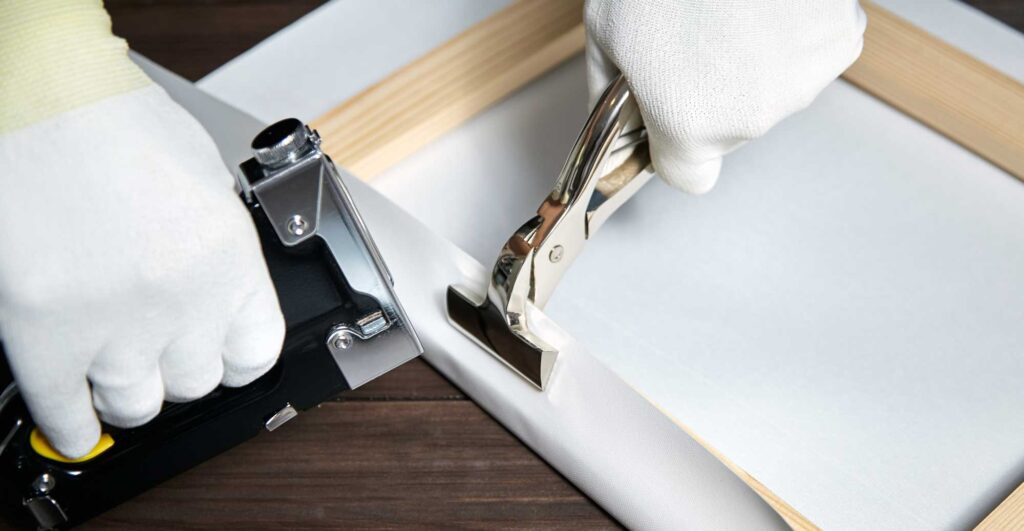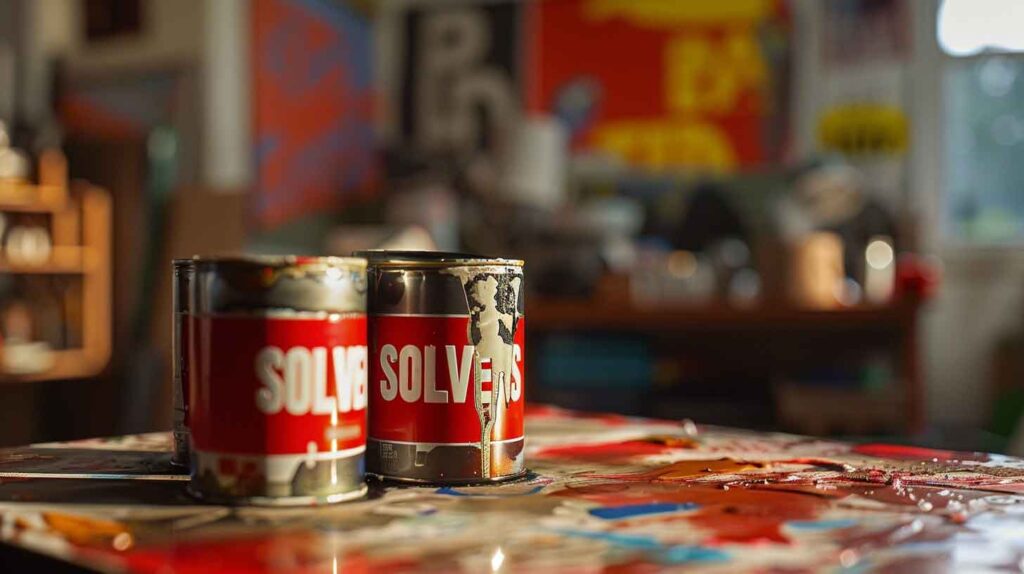
Enhancing Durability: Oil Painting on Plywood Techniques
Plywood has many issues that make it less than ideal as a painting support. As a result, oil painting on plywood can become compromised. One of the most important issues is “checking.” Checking is thin, long, and relatively straight cracks that form in the paint film, usually in the direction of the plywood grain.
Checking is not a product defect. Plywood is prone to cracking because of its manufacturing method. Plywood cracks from its expansion and contraction with changing moisture content due to changes in relative humidity and temperature from the environment. Stresses are induced, which later show up as cracking. Many small fissures are produced in paint films due to the plywood checking. The edges of these cracks may protrude upward and be felt as sharp burrs. Subsequently, the paint may become detached from the edges of the cracks and lead to flaking.
Checking may be minimized on plywood panels by proper edge sealing, but it will not entirely eliminate this problem from occurring in the future.
The best practice when oil painting on plywood is to paint on primed canvas adhered to the panel and not paint directly on the plywood surface.
If this is impractical, apply a thin coat of dilute shellac or other varnish, then apply an oil primer onto the sealed surface. Avoid using water-based products, such as acrylic dispersion grounds (“gesso”) or other water-based primers on the plywood veneer, since water causes wood fibers to swell and may enhance plywood checking. Always seal all other plywood surfaces, especially the edges where water intrusion is greatest.







Responses